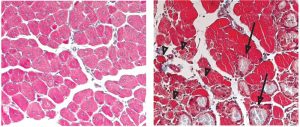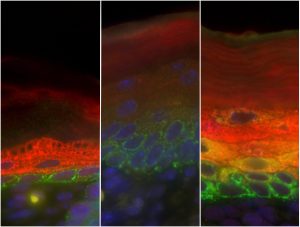
To regenerate muscle, cellular garbage men must become builders
For scientists at the European Molecular Biology Laboratory (EMBL) in Monterotondo, Italy, what seemed like a disappointing result turned out to be an important discovery. Their findings, published online this week in the journal Proceedings of the National Academy of Sciences (PNAS), provide…
SCIENCE & TECHNOLOGY2009
sciencescience-technology
